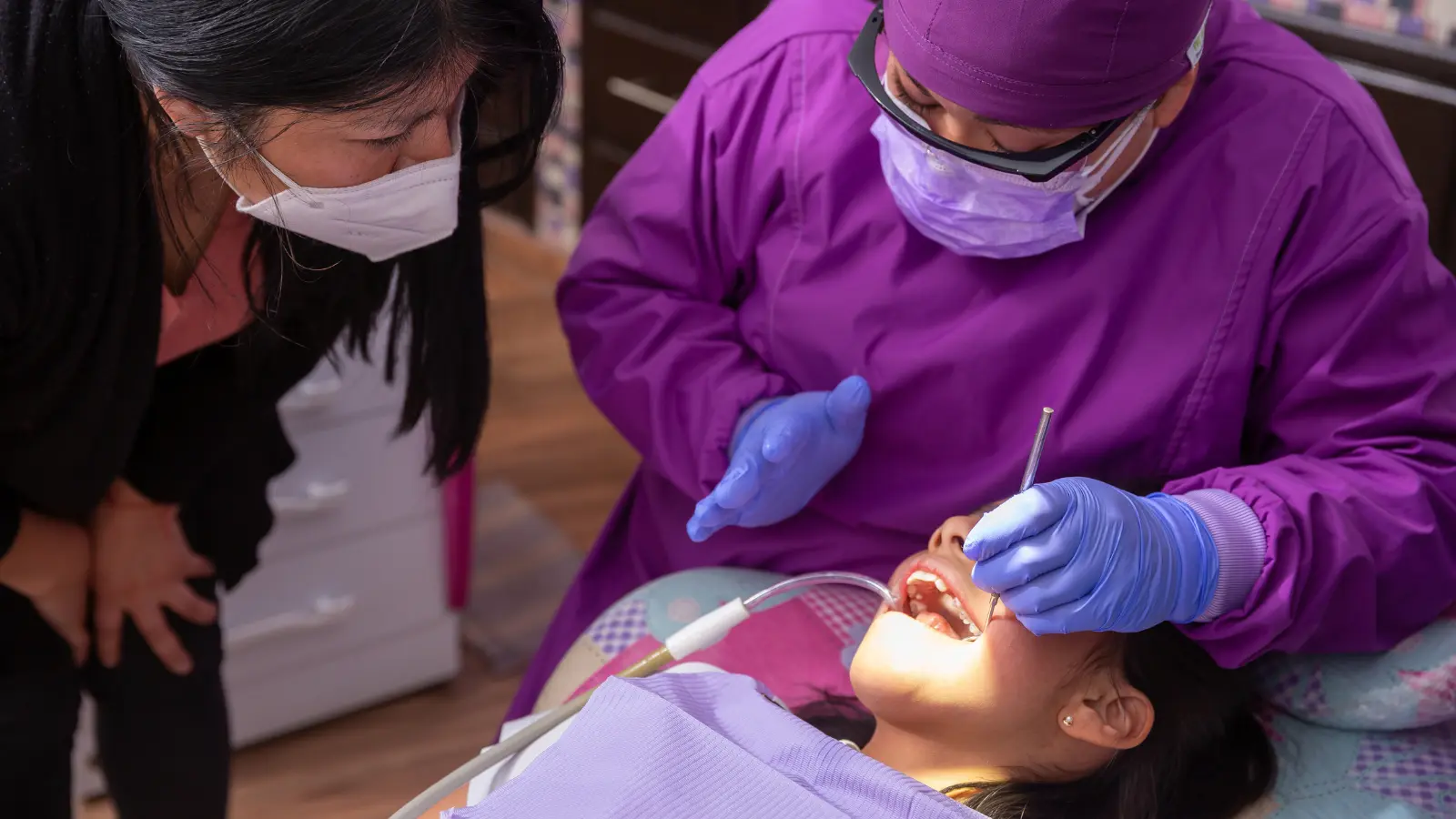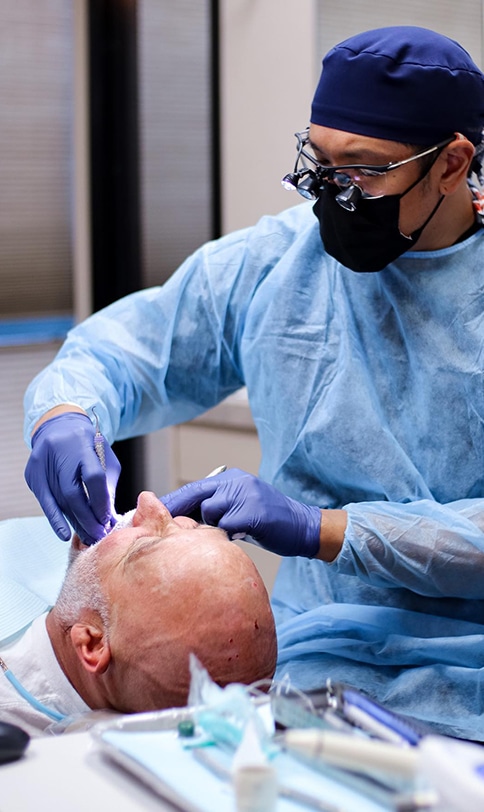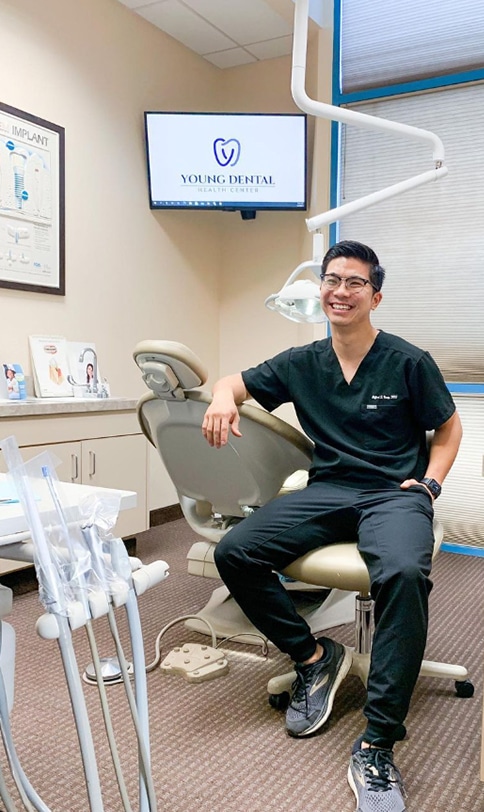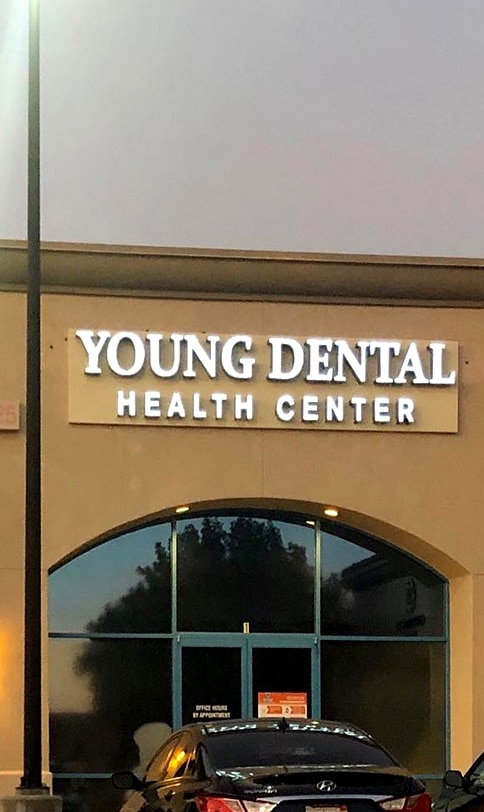E-mail Us
Signs You Need Emergency Dental Treatment in 2024

Dental emergencies can be alarming and often require immediate attention to prevent further complications. Knowing the signs that indicate you need emergency dental treatment can help you act quickly and effectively. In 2024, advancements in dental care have made it easier than ever to address urgent dental issues, but recognizing the symptoms early is crucial. This blog will explore the common signs that you may need emergency dental treatment and the steps you should take to manage these situations.
1. Severe Toothache

A severe toothache is one of the most common reasons people seek emergency dental treatment. While mild tooth pain can often be managed with over-the-counter pain relievers, a persistent and intense toothache may indicate a more serious problem, such as:
- Tooth Decay: Advanced cavities can cause significant pain as they reach the tooth’s pulp.
- Infection: An abscessed tooth, which is a severe infection in the tooth’s root, can cause throbbing pain, swelling, and even fever.
- Gum Disease: Advanced gum disease (periodontitis) can lead to intense pain and discomfort.
If you experience severe tooth pain that doesn’t subside with pain medication, it’s essential to seek emergency dental care to identify and treat the underlying cause.
2. Swelling and Abscesses
Swelling in the mouth, face, or jaw can be a sign of a serious dental infection. Abscesses are pockets of pus caused by bacterial infections and can occur in various parts of the tooth or gum. Symptoms of an abscess include:
- Severe Pain: Pain that radiates to the ear, jaw, or neck.
- Fever: High temperature and general malaise.
- Swelling: Noticeable swelling in the face or cheek.
- Pus: Presence of a pimple-like bump on the gums that may ooze pus.
An abscess can lead to severe complications if left untreated, including the spread of infection to other parts of the body. Emergency dental treatment is necessary to drain the abscess and eliminate the infection.
3. Knocked-Out Tooth
A knocked-out tooth, also known as an avulsed tooth, is a dental emergency that requires immediate attention. Quick action can potentially save the tooth and allow it to be re-implanted. If you have a knocked-out tooth, follow these steps:
- Handle with Care: Pick up the tooth by the crown (the part you chew with), avoiding the root.
- Rinse Gently: Rinse the tooth with milk or saline solution. Avoid using water or soap.
- Reinsert if Possible: Try to place the tooth back into its socket and hold it in place with gentle pressure.
- Keep Moist: If reinsertion is not possible, place the tooth in a container of milk or saline solution to keep it moist.
Seek emergency dental treatment immediately, ideally within 30 minutes of the injury, to increase the chances of saving the tooth.
4. Broken or Fractured Tooth
A broken or fractured tooth can cause severe pain and sensitivity, especially if the break exposes the tooth’s nerves. The severity of the fracture will determine the urgency of the situation:
- Minor Chips: Small chips may not require immediate attention but should be checked by a Upland dentist.
- Moderate Fractures: Fractures that affect the enamel and dentin (the layers beneath the enamel) need prompt dental care to prevent further damage.
- Severe Breaks: Severe breaks that expose the pulp or root require emergency treatment to prevent infection and preserve the tooth.
If you experience a broken or fractured tooth, rinse your mouth with warm water, apply a cold compress to reduce swelling, and seek emergency dental care.
5. Persistent Bleeding
While minor gum bleeding can occur due to vigorous brushing or flossing, persistent bleeding that doesn’t stop after applying pressure can indicate a more serious issue, such as:
- Gum Disease: Advanced periodontal disease can cause gums to bleed easily.
- Injury: Trauma to the mouth or gums can result in significant bleeding.
- Clotting Disorders: Underlying health conditions affecting blood clotting can lead to excessive bleeding.
Persistent bleeding should be addressed immediately to identify the cause and prevent further complications.
6. Loose or Lost Fillings and Crowns
Fillings and crowns protect and restore damaged teeth. When they become loose or fall out, the affected tooth becomes vulnerable to damage and infection. Signs that you need emergency dental treatment include:
- Sensitivity: Increased sensitivity to hot, cold, or sweet foods and drinks.
- Pain: Pain in the affected tooth or surrounding gums.
- Visible Gap: Noticeable gap where the filling or crown used to be.
Emergency dental care can replace the lost restoration and prevent further damage to the tooth.
7. Jaw Pain or Swelling
Jaw pain or swelling can be a sign of various dental issues, including:
- TMJ Disorders: Problems with the temporomandibular joint (TMJ) can cause severe pain and difficulty opening or closing the mouth.
- Infections: Infections in the jawbone or surrounding tissues can cause swelling and pain.
- Injury: Trauma to the jaw can result in fractures or dislocations.
If you experience severe jaw pain or swelling, it’s crucial to seek emergency dental care to diagnose and treat the underlying issue.
8. Exposed Nerves
When a tooth’s nerve becomes exposed due to decay, fracture, or wear, it can cause intense pain and sensitivity. Signs of an exposed nerve include:
- Sharp Pain: Sudden, sharp pain when the tooth is exposed to hot, cold, sweet, or acidic substances.
- Continuous Ache: Persistent toothache that doesn’t subside.
- Visible Damage: Noticeable damage or hole in the tooth.
Emergency dental treatment is necessary to cover the exposed nerve and relieve pain.
9. Orthodontic Emergencies
For those wearing braces or other orthodontic appliances, emergencies can arise that require immediate attention, such as:
- Broken Brackets or Wires: Loose or broken brackets and wires can cause discomfort and damage to the mouth’s soft tissues.
- Mouth Sores: Sores caused by rubbing or irritation from the orthodontic appliance.
Contact your orthodontist immediately if you experience any issues with your braces or appliances to prevent further complications.
10. Severe Oral Pain Post-Surgery
After dental surgery, it’s normal to experience some discomfort. However, severe pain that doesn’t improve with prescribed pain medication or other post-operative complications, such as:
- Excessive Bleeding: Bleeding that doesn’t stop with pressure.
- Swelling: Severe swelling that worsens over time.
- Fever: High temperature indicating infection.
These signs warrant emergency dental treatment to address potential complications.
Recognizing the signs that indicate you need emergency dental treatment can help you act quickly and prevent further damage or complications. Whether it’s severe pain, swelling, bleeding, or damage to your teeth or gums, seeking prompt dental care is crucial. In 2024, advancements in dental technology and treatments have made it easier than ever to address dental emergencies effectively. If you experience any of the symptoms mentioned above, don’t hesitate to contact your dentist or visit an emergency dental clinic to receive the necessary care and ensure your oral health and well-being.










